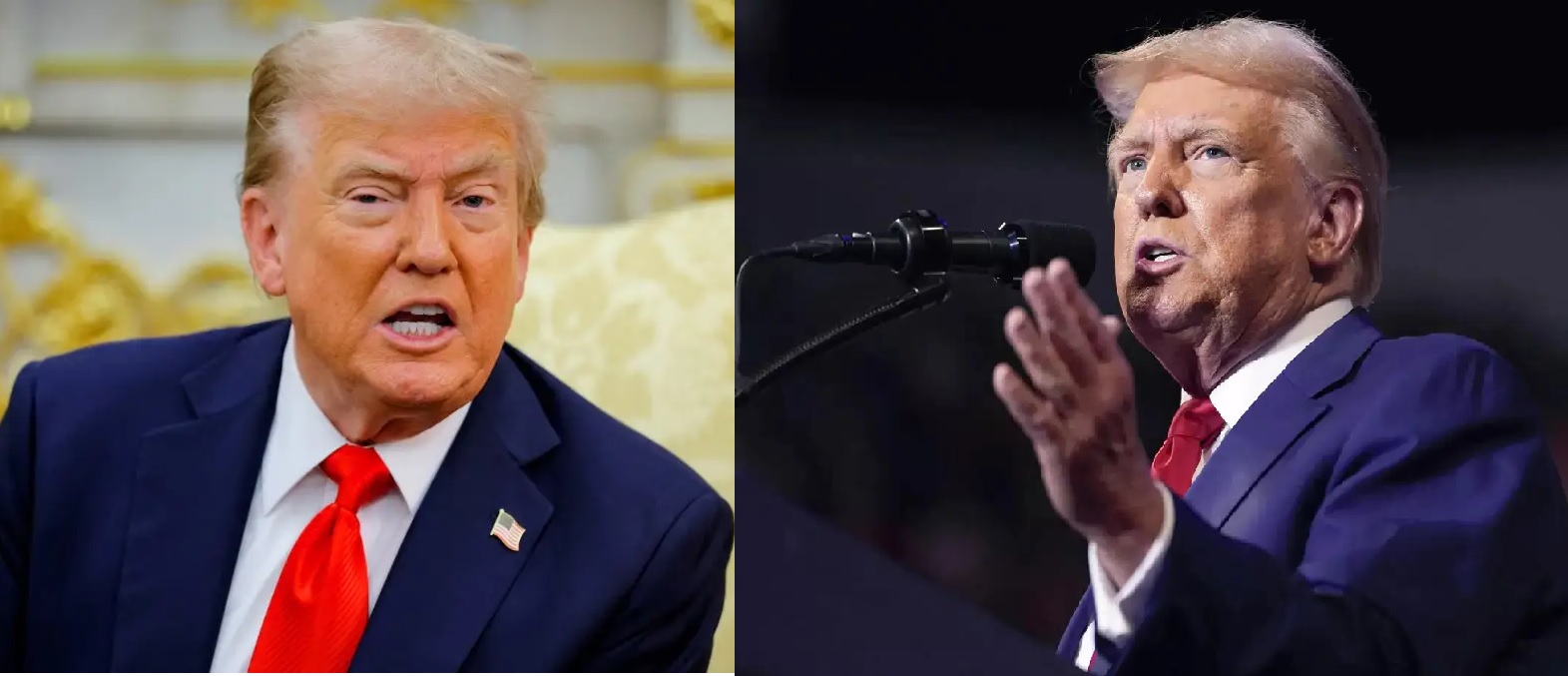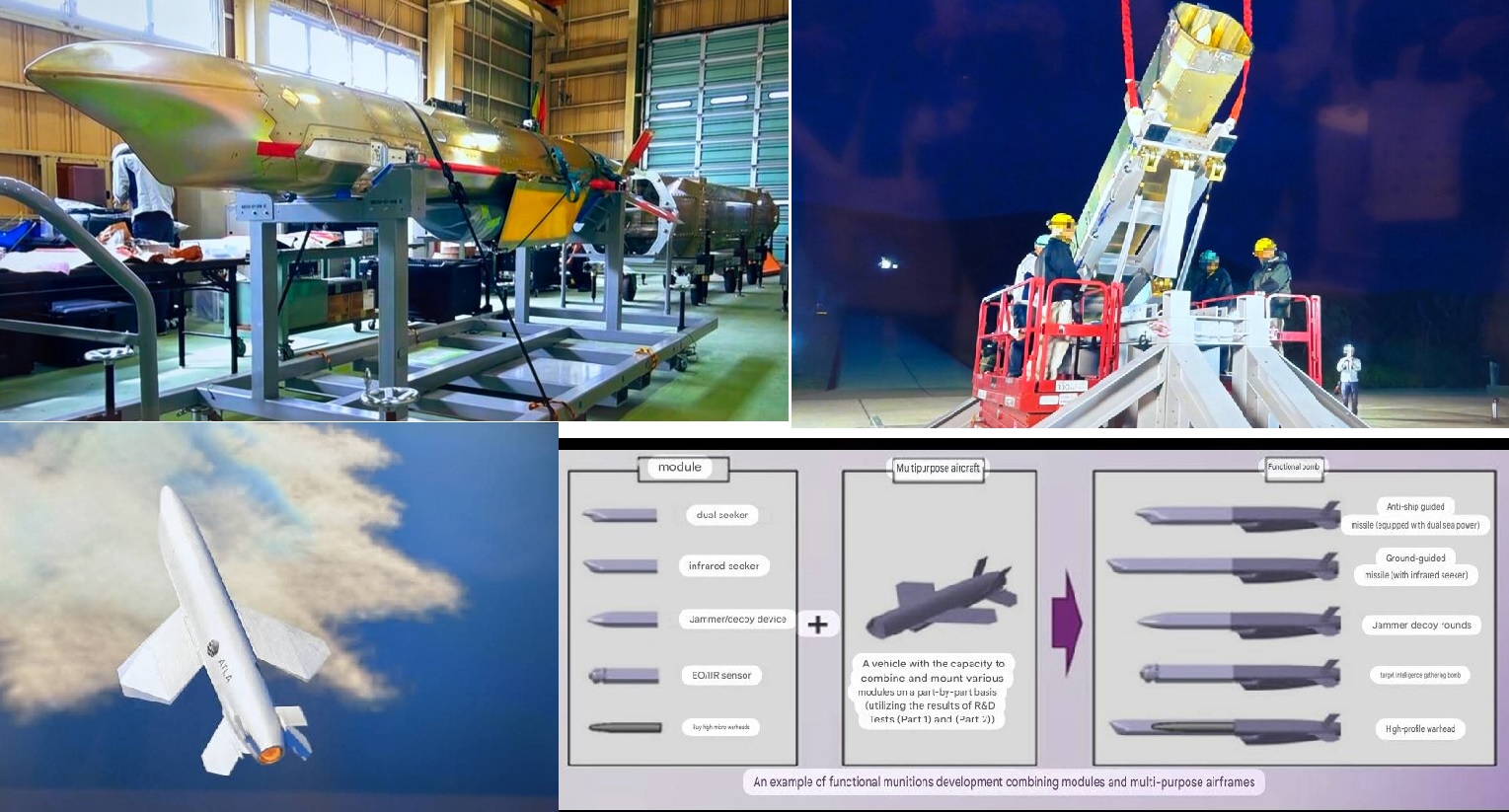Trump Announces 50% Tariff Cut for India, Signals “Fair Trade Deal” Underway

Washington D.C., November 11, 2025 — In a major diplomatic and economic announcement, U.S. President Donald Trump declared that the United States will cut tariffs on Indian goods by 50%, signaling what he described as a “much fairer” trade arrangement between the two nations. Speaking to reporters at the White House, Trump said Washington and New Delhi are “getting close” to sealing a new deal that will reshape bilateral trade ties strained in recent years.
“We’re making a deal with India — a much different deal than we had in the past,” Trump said. “So right now, they don’t love me, but they’ll love us again. We’re getting a fair deal — just a fair trade deal. We had pretty unfair trade deals before, but we’re getting close.”
Trump revealed that India’s high tariffs — which were imposed during earlier trade tensions — are being substantially reduced, partly due to India’s decision to scale back its purchases of Russian oil, which had earlier drawn U.S. scrutiny.
“Right now, the tariffs on India are very high because of Russian oil,” Trump explained. “But they’ve been reduced very substantially. Yes, we are going to bring the tariffs down… At some point, we will bring them down.”
A New Chapter in U.S.–India Trade Relations
The announcement represents a turning point after years of economic friction between the two democracies. Relations cooled during Trump’s first term when the U.S. revoked India’s preferential trade status under the Generalized System of Preferences (GSP) in 2019, citing market access barriers. The decision affected billions in Indian exports, leading to retaliatory tariffs and a noticeable decline in bilateral trade momentum.
Since then, both nations have been working to rebuild trust. The new deal — which Trump described as “a fair and balanced arrangement” — is expected to roll back some of the tariff measures and open new avenues for cooperation in energy, manufacturing, and digital trade.
According to officials familiar with the negotiations, the framework could include mutual tariff reductions, expanded agricultural trade, and greater access for U.S. technology and medical equipment firms to India’s markets.
Link Between Tariffs and Russian Oil
The U.S. decision to ease tariffs reportedly follows India’s gradual reduction of Russian crude imports, which had surged after Western sanctions on Moscow in 2022. Washington had previously viewed India’s purchases of discounted Russian oil as a challenge to its sanctions regime.
By early 2025, however, New Delhi began diversifying its oil imports, increasing supplies from the U.S., Saudi Arabia, and the UAE. Trump acknowledged this shift in his remarks, calling India’s adjustment “a positive move that strengthens our energy cooperation.”
“They’ve cut Russian oil imports very substantially. That’s a big step in the right direction. So yeah, we will be bringing the tariffs on India down,” he said.
This linkage underscores how geopolitics, trade, and energy have become deeply intertwined in U.S.–India relations — where strategic alignment often translates into economic incentives.
Economic and Strategic Implications
Analysts view the tariff reduction as more than a trade gesture — it’s a strategic recalibration aimed at reinforcing India’s position as a key U.S. partner in the Indo-Pacific.
Dr. Elaine Parker, an international trade expert at the Atlantic Policy Institute, noted,
“This is not just about economics. It’s about consolidating alliances. Trump’s administration sees India as central to counterbalancing China’s economic and military influence. Lower tariffs could boost U.S.–India trade by as much as 30% over the next two years.”
India is currently the ninth-largest trading partner of the United States, with bilateral trade expected to exceed $200 billion in 2025. A 50% tariff cut could sharply increase exports in textiles, pharmaceuticals, auto components, and electronics — sectors where India has been seeking greater U.S. access.
The deal is also expected to encourage American investments in Indian manufacturing, aligning with Prime Minister Narendra Modi’s “Make in India” and “Atmanirbhar Bharat” initiatives, which aim to position India as a global manufacturing hub.
Remaining Challenges
Despite the positive tone, several hurdles remain before a final deal is signed. Washington continues to press India for:
-
Stronger intellectual property protections for U.S. companies,
-
Market access reforms in agriculture and dairy, and
-
Regulatory transparency in digital trade and e-commerce sectors.
Meanwhile, New Delhi seeks easier visa rules for Indian professionals and relief from duties on steel, aluminum, and IT exports.
Sources in both capitals say negotiators are working to finalize a phased tariff reduction roadmap, likely to be announced early next year, following consultations with business and trade representatives.
A Political and Diplomatic Win
For Trump, the announcement also carries political weight. Amid global concerns over trade wars and inflation, a breakthrough with India allows his administration to demonstrate progress in expanding U.S. markets while improving ties with a major Asian democracy.
For India, the development is equally significant. It offers a boost to exports, reduced trade friction, and a reaffirmation of strategic trust with Washington — especially important as both nations deepen defense and technology cooperation under the Quad alliance.
“It’s a fair deal for both sides,” Trump said confidently. “India will be happy, and the U.S. will be happy. We’re working on something that benefits both nations — something very big.”
The U.S. decision to cut tariffs on India by half could mark the start of a new phase in one of the world’s most important bilateral relationships. What began as a transactional negotiation over trade imbalances has evolved into a strategic partnership anchored in shared economic and security interests.
If the proposed agreement moves forward as signaled, it could redefine U.S.–India trade relations for the next decade — replacing friction with cooperation, and protectionism with partnership.
For now, both Washington and New Delhi seem aligned on a common goal: rebuilding trust, boosting trade, and proving that diplomacy and economic pragmatism can still triumph in a divided world.
✍️ This article is written by the team of The Defense News.






